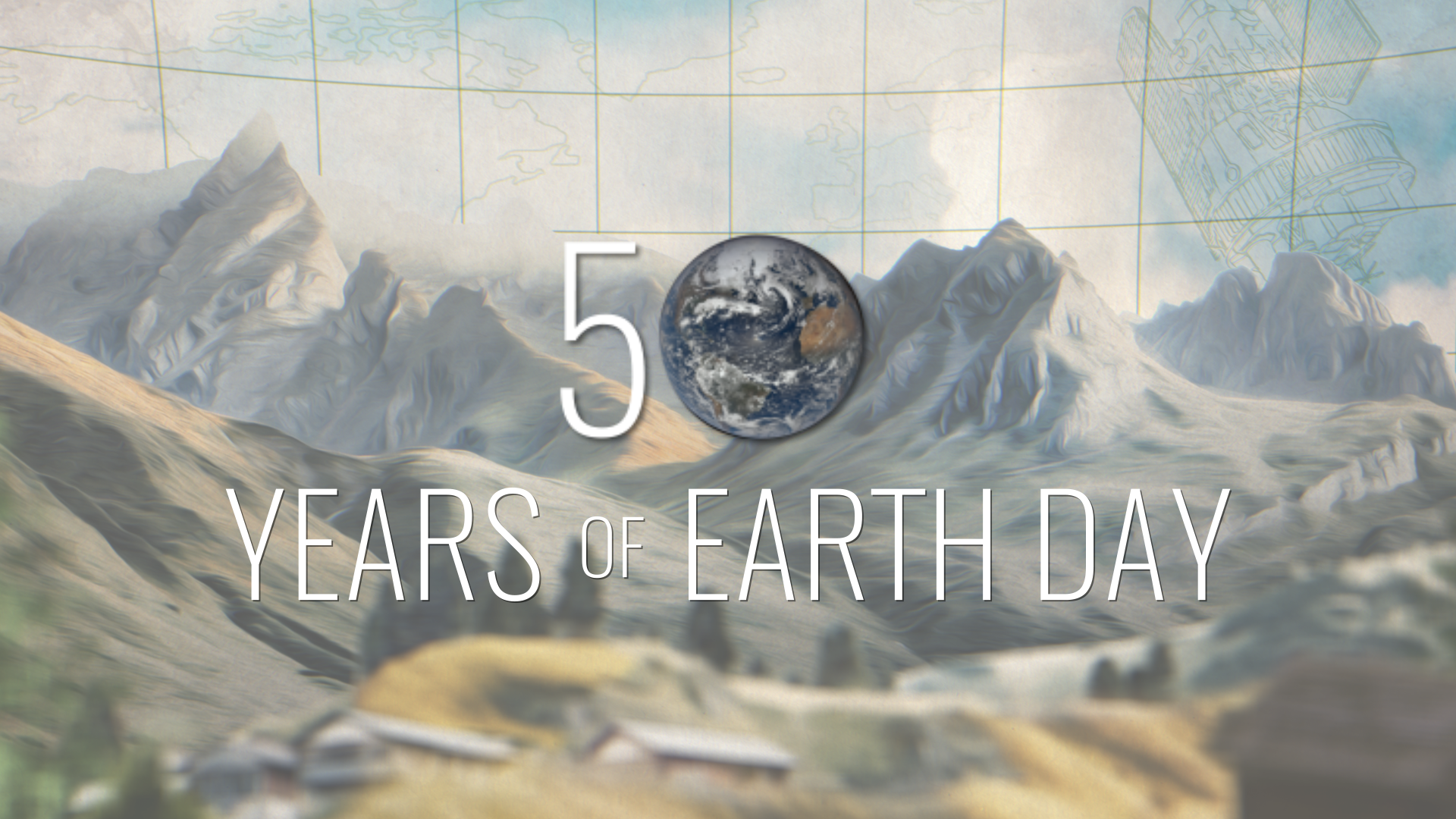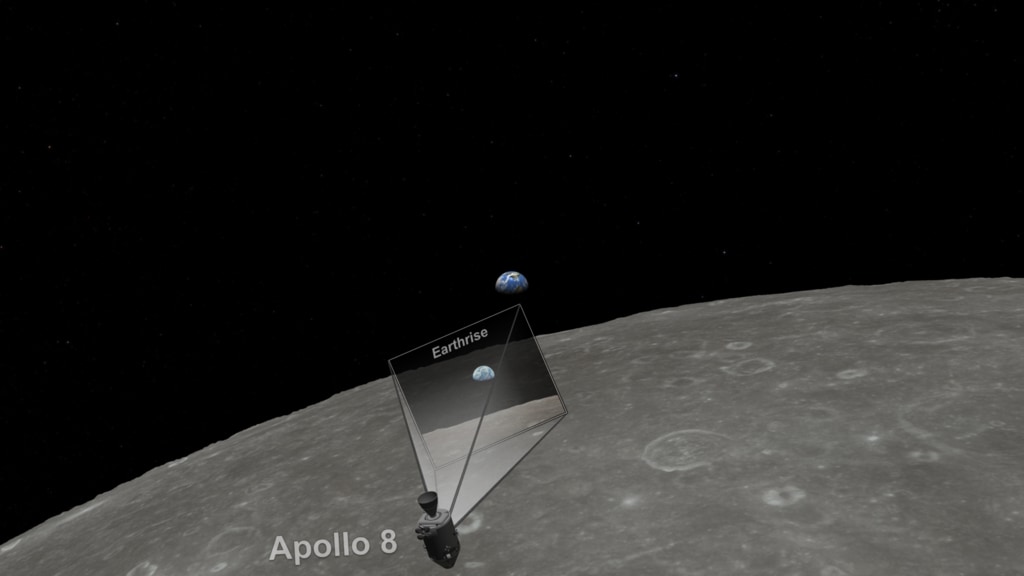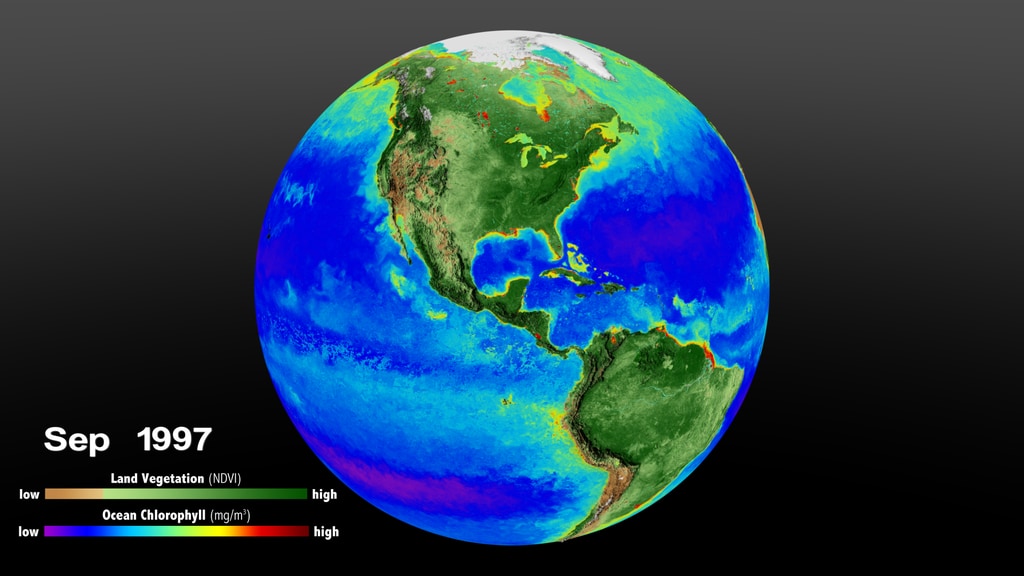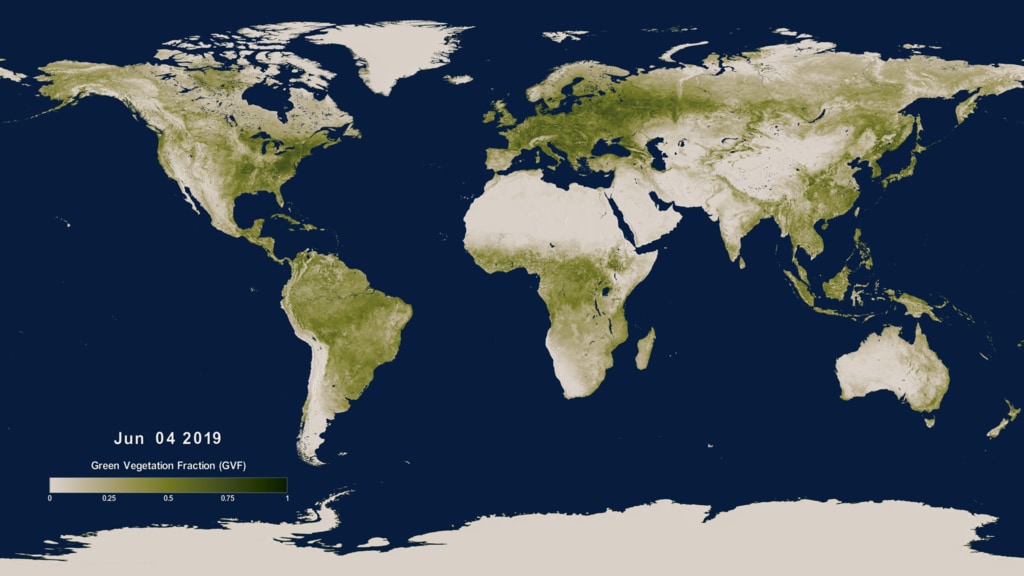NASA Observes the 50th Anniversary of Earth Day Live Shots

Click here for quick link to B-ROLL
Click here for EARTH DAY TOOLKIT including how you can learn more about NASA at Home
Quick link to canned interview in Spanish with Sandra Cauffman
Quick link to canned interview with Michelle Thaller
In 1968 William Anders, an astronaut on the Apollo 8 mission, captured “Earthrise” — a photo of Earth appearing above the Moon’s horizon. The photo helped unite a generation to appreciate the fragility and beauty of our planet and inspire the first Earth Day less than two years later.
To mark the 50th anniversary of Earth Day, NASA is reflecting on what we’ve learned about our home planet. Chat with NASA scientists on Wednesday, April 22 from 6:00 a.m. to 1:00 p.m. EDT to find out how NASA satellites have changed our understanding of Earth, how different technologies have benefited the environment and how viewers can join NASA in observing Earth Day from home.
Interviews will be conducted using video chat programs including Skype and Facetime
To Schedule an interview fill out this form: https://forms.gle/1vHuKfhheLid7TKu8
NASA has been at the forefront of space exploration, from landing robots on Mars to sending humans into space. But one of NASA’s biggest fields of study is our planet, Earth. Of all the planets that NASA studies, none have matched the complexity of Earth. NASA’s Earth observing satellites provide a global mosaic of change over time. That coupled with observations from the air, sea and land provide a robust view of our dynamic planet.
NASA technology is all around us. The very technology that helps us understand planets in the solar system also helps us understand and protect Earth. NASA’s aeronautics division is using ‘spinoff’ technology right now to develop an all-electric aircraft that will make airline travel greener. Another division is testing a strong, lightweight composite material that will make wind turbines larger and more efficient.
Participating Interviewees
Douglas Terrier / Chief Technologist, NASA HQ
Sandra Cauffman / Acting Director, Earth Science Division, NASA HQ [interviews in Spanish]
Carlos Del Castillo / NASA Scientist [interviews in Spanish]
Annmarie Eldering/ NASA Scientist
Peter Griffith/ NASA Scientist
Suggested Questions
When most people think of NASA, they think space exploration. What is NASA’s connection to Earth Day?
What has NASA learned about Earth in the last five decades?
How does NASA help to protect our environment here on Earth?
NASA technology is everywhere. What are some space technologies that can benefit the environment here on Earth?
Where can people learn more about NASA Earth Day activities?
Find out more on Twitter @NASAEarth and online at nasa.gov/earthday
B-roll for Earth day Live Shot.
Canned interview in Spanish with Sandra Cauffman / Acting Director, Earth Science Division, NASA HQ. TRT 3:43
Canned interview with Dr. Michelle Thaller. TRT 4:39. Transcript included
Credits
Please give credit for this item to:
NASA's Goddard Space Flight Center
-
Producers
- Michelle Handleman (USRA)
- Teresa Johnson (NASA/GSFC)
- Mariah Cox (NASA)
- Courtney A. Lee (ADNET Systems, Inc.)
- Ryan Fitzgibbons (USRA)
-
Technical support
- Aaron E. Lepsch (ADNET Systems, Inc.)
-
Editor
- Michael Randazzo (Advocates in Manpower Management, Inc.)
Release date
This page was originally published on Thursday, April 16, 2020.
This page was last updated on Wednesday, May 3, 2023 at 1:45 PM EDT.




![VIDEO: "Witness the Breathtaking Beauty of Earth’s Polar Regions"
Operation IceBridge recorded the diversity and fragility of our rapidly changing polar regions. These areas are some of the most inhospitable, but breathtaking places on Earth. Sit back and witness the polar regions, from western Greenland to Antarctica. Notable features include the Pine Island Glacier, Larsen C ice shelf, and rapid summer melt on the western Greenland Ice Sheet.
Learn more: Operation IceBridge
Music Provided by Universal Production Music: "Arabesque No.1" by Claude Debussy [PD]
This video is also available on our YouTube channel.](/vis/a010000/a013500/a013577/13577_Cryosphere_Beauty_Classic.00018_print.jpg)
